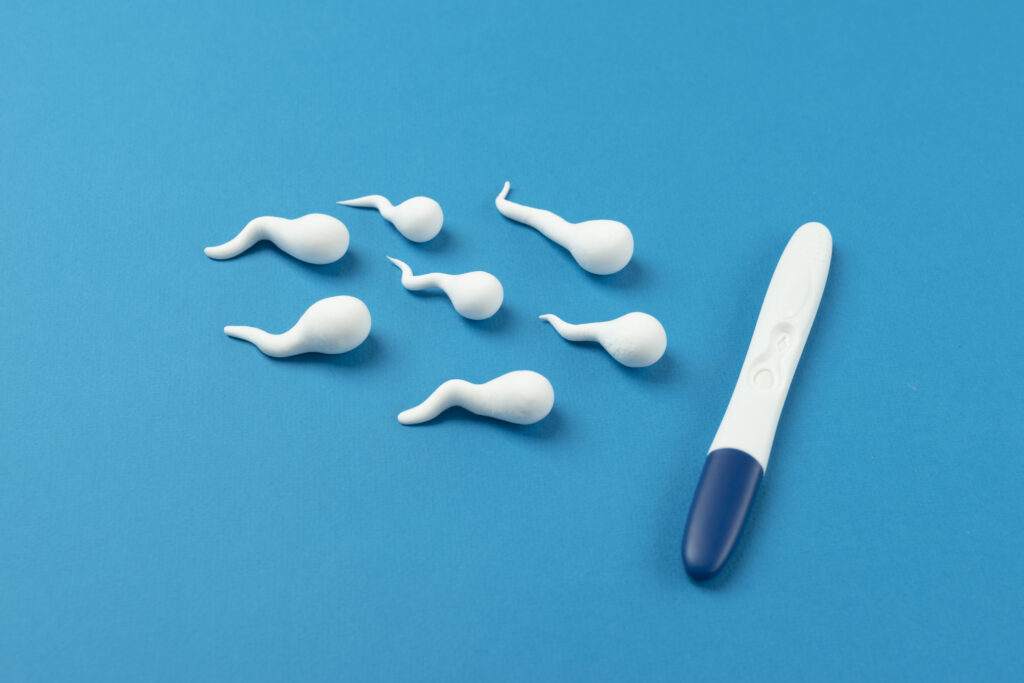
Male Infertility Symposium – Landmark Hotel, Amman
The Jordanian Society for Fertility and Genetics recently

Azoospermia is a medical condition characterized by the absence of sperm in semen, which can lead to male infertility. It affects around 1% of the male population and about 10–15% of infertile men. The International Classification of Diseases, 10th Edition (ICD-10), provides a specific code for azoospermia, which helps healthcare providers diagnose and manage the condition effectively.
This article will discuss the ICD-10 code for azoospermia, its causes, symptoms, diagnosis, treatment options, psychological impact, lifestyle changes, and recent medical advancements.
ICD-10 codes are used worldwide to classify diseases and medical conditions. The ICD-10 code for azoospermia is N46.01. Medical professionals use this code for documentation, insurance claims, and treatment planning.
Using this code helps healthcare providers track the prevalence of the condition and ensure proper billing and medical record management.
Azoospermia is categorized into two main types:
Azoospermia can be caused by various factors, including:
Azoospermia itself does not cause noticeable symptoms. However, underlying conditions may lead to:
To diagnose azoospermia, doctors may use the following methods:
Treatment depends on the type and cause of azoospermia. Common approaches include:
Although azoospermia is not always preventable, some lifestyle changes can improve sperm production and reproductive health:
Azoospermia can have a significant emotional and psychological impact on men. Many experience stress, anxiety, depression, and feelings of inadequacy. Seeking professional counseling or joining a support group can help individuals cope with the emotional challenges associated with male infertility. Open communication with a partner is also essential for emotional support and understanding.
Recent medical advancements have improved the treatment of azoospermia, increasing the chances of conception for affected individuals. Some promising developments include:
Some natural remedies may help improve sperm health, including:
Early detection of azoospermia increases the chances of effective treatment. Men who experience infertility should consult a healthcare provider as soon as possible for diagnosis and management. Timely intervention can help identify reversible causes and improve reproductive outcomes.
Azoospermia is a serious but manageable condition that affects male fertility. Understanding its ICD-10 code (N46.01) can help streamline diagnosis and treatment. Early medical intervention, lifestyle changes, and advanced fertility treatments can increase the chances of conception. If you or your partner are experiencing fertility issues, consult a healthcare provider for proper evaluation and personalized treatment.
By raising awareness and encouraging timely medical consultation, men affected by azoospermia can explore various options to achieve their reproductive goals. As medical science continues to evolve, newer treatments and technologies will provide more solutions for male infertility, giving hope to many couples worldwide.

The Jordanian Society for Fertility and Genetics recently

Prolistem for non obstructive azoospermia, Non-obstructive azoospermia (NOA)

Introduction Male infertility, especially caused by azoospermia, affects

We are proud to have participated in the